
Interview with chief executive as she steers British bloodstock’s flagship operation ahead after navigating some troubled waters
For studs standing stallions, there is nothing like an infusion of new blood. It has certainly put a spring in the step of Anna Kerr, chief executive officer of the National Stud, which announced in November that Mutasaabeq would stand there in 2024.
Three times a G2 winner, Mutasaabeq succeeds Stradivarius as the newest recruit at a farm where the roster has undergone significant revision since the start of the decade. With Lope Y Fernandez having opened his innings in 2021, the Newmarket stud has recruited three new sires in as many years.
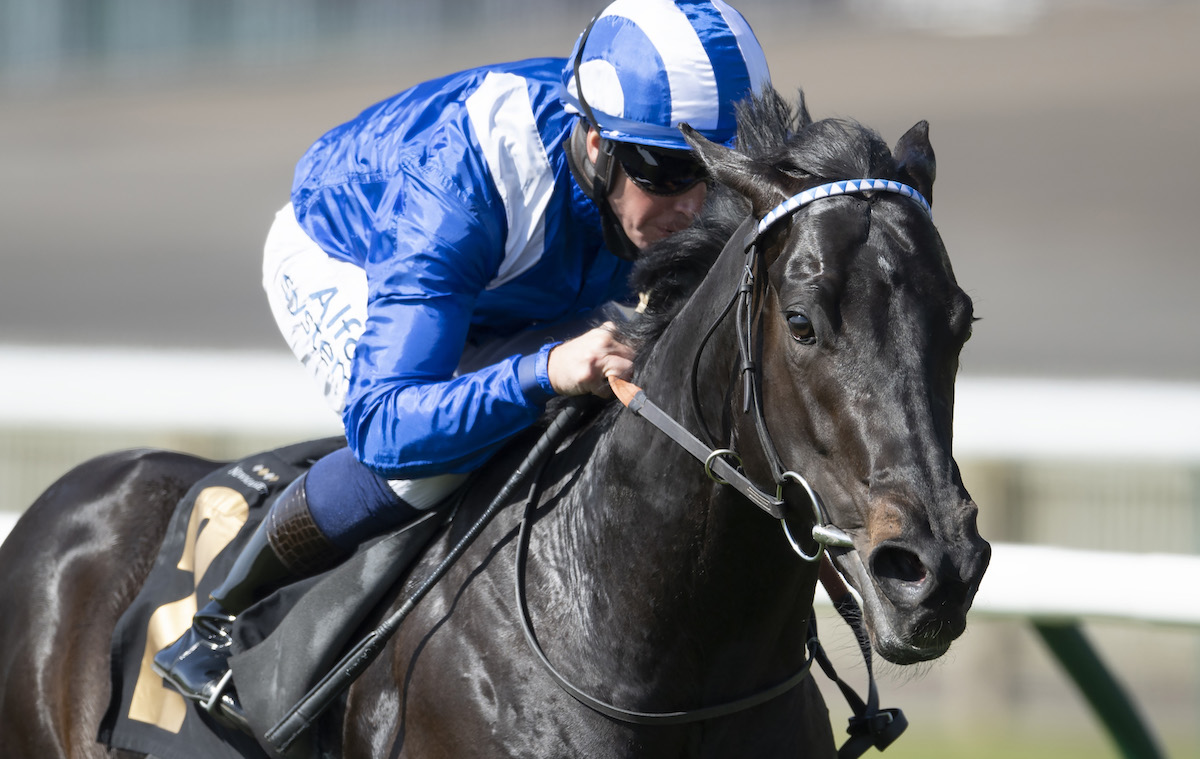 But it’s not just the horseflesh that received a widespread makeover. A new management team was installed at the start of last year after a period that marked something of a nadir for the enterprise.
But it’s not just the horseflesh that received a widespread makeover. A new management team was installed at the start of last year after a period that marked something of a nadir for the enterprise.
Morale was low, and the stud’s sorry predicament spilled over into the public domain over the private sale of a foal in which the stud owned only 50%. After the British Horseracing Board was obliged to intervene, the stud was fined £5,000 when it emerged that the individual who owned the other 50% had not been consulted about the sale.
A line in the sand
However, if the incident generated unwanted headlines, it also served to draw a line in the sand. It ushered in a new dawn that saw Teddy Grimthorpe become more hands-on as executive chairman, having previously been a non-exec. Some months later Kerr would advance permanently to CEO (rather than acting), while Joe Bradley joined the stud as head of bloodstock operations.
With Bradley having been in situ for just over one year, the senior management team has bedded down at a critical time – both for the stud and its status as the primary seat of learning for young aspirants wanting to engage with the bloodstock industry.
The shortage of stud staff has become increasingly acute, which serves to highlight the importance of the N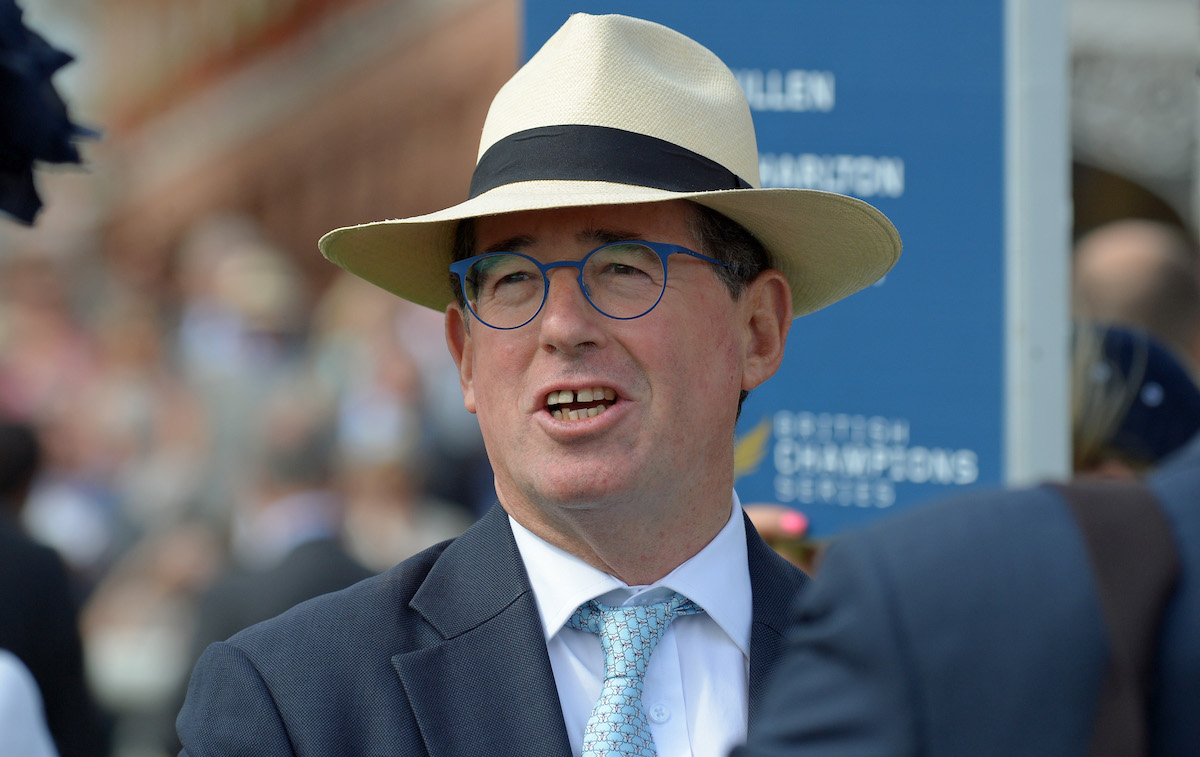 ational Stud’s student courses. These courses cater for those with minimal or no experience of handling horses right through to the Stud Management and Sales Consignment course, which delivers up to 20 well-qualified individuals with a Level 3 certificate into the industry annually.
ational Stud’s student courses. These courses cater for those with minimal or no experience of handling horses right through to the Stud Management and Sales Consignment course, which delivers up to 20 well-qualified individuals with a Level 3 certificate into the industry annually.
Kerr initially joined the stud in 2020 to head its education programme before she advanced to CEO. She brings contemporary management skills to the role, and is a breath of fresh air within what still remains an industry wedded in part to outdated working practices.
The National Stud when she joined it was no exception. “I’d worked in various roles before I came here, including two years with Matchbook Betting Exchange [as head of communications and partnerships],” reflects Kerr, who started out by helping her father, the bloodstock agent Bert Kerr, on the sales grounds.
“People say the betting industry is very male-orientated but I never found that to be an issue,” continues Kerr, who also spent three years directing sponsorship strategy at Goodwood racecourse.
“Coming back into the bloodstock world was like going back into the 1980s. It didn’t quite click with me what was happening at first, but I found it quite jarring. It was very subtle; a sort of conditioning, although I never thought it was actually being consciously done.”
So much so that Kerr had resolved to quit once the Covid pandemic loosened its grip. “By the end of 2021 I had found another job,” she recalls, “but then we had the [management] review and I felt I should stay. If I didn’t, who was going to sort it out?”
Kerr insists the toxic environment she initially encountered wasn’t truly representative of the wider industry. Nevertheless, the fact it was prevalent at the National Stud was unpardonable, given that the stud’s name confers the impression – rightly or wrongly – that it carries some sort of official endorsement.
And therein lies a conundrum. The National Stud has undergone myriad changes since it relocated to its present site, on the fringe of Newmarket, in 1967. Its initial remit was to stand stallions for the benefit of British breeders and it was in its pomp in the early 1980s, when Mill Reef headed a star-studded stallion roster that generated significant annual profits.
Slow, steady decline
But that remit was quickly overtaken by events when the Maktoum family made Britain the base for their burgeoning breeding interests. Top-class stallion prospects were increasingly hard to acquire, and that chapter of slow, steady decline culminated in the Jockey Club buying the stud from the Levy Board in 2008.
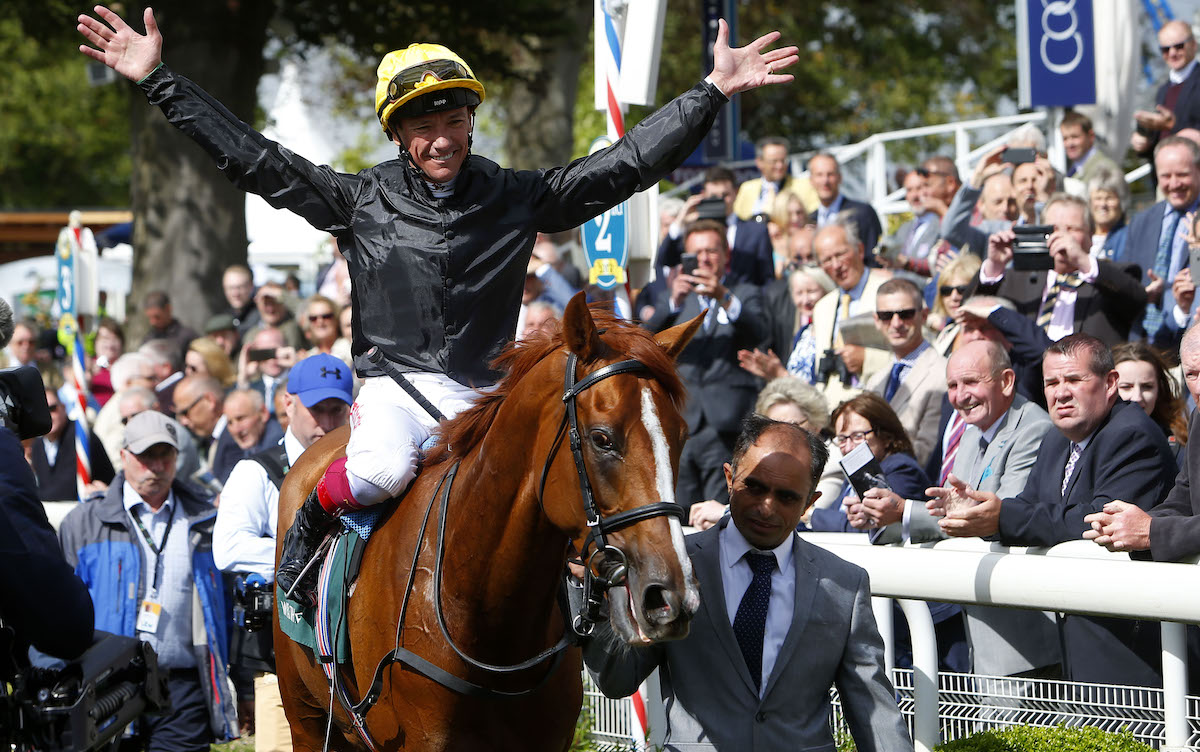 The Levy Board’s role as the stud’s financial guarantors had been something of an anomaly, since the board’s funds originate from bookmakers’ annual levy payments. It strayed too far from the board’s ethos for it to underwrite the stud’s losses, so the stud’s acquisition by the Jockey Club appeared a natural fit in view of the club’s role as custodians of the sport.
The Levy Board’s role as the stud’s financial guarantors had been something of an anomaly, since the board’s funds originate from bookmakers’ annual levy payments. It strayed too far from the board’s ethos for it to underwrite the stud’s losses, so the stud’s acquisition by the Jockey Club appeared a natural fit in view of the club’s role as custodians of the sport.
However, the stud still receives funding for its student courses, some of it from the Levy Board. That places an onus on it to deliver enlightened, well-rounded individuals for the long-term benefit of the industry.
“We have to set an example to the wider industry in terms of workplace culture,” Kerr maintains. “We are creating something really positive here because we are only caretakers. For us, it’s about securing the future of the National Stud for the wider industry.
“Our role is to leave the stud in the best possible place for the next generation to take on. It has to be a beacon for the British breeding industry. Our students are here to learn, not as an extension of the workforce or some form of cheap labour. That’s a very conscious change that we have made.”
It is also a requirement that when its graduates venture forth, they do not encounter the last vestiges of a feudal system to which stud staff were once subjected.
“So much investment from private trusts, the Thoroughbred Breeders’ Association, the Levy Board and the Racing Foundation goes into our recruitment and training of people,” Kerr highlights. “Every time one of our students has a bad experience in the workplace and chooses to leave the industry, that is money down the drain.
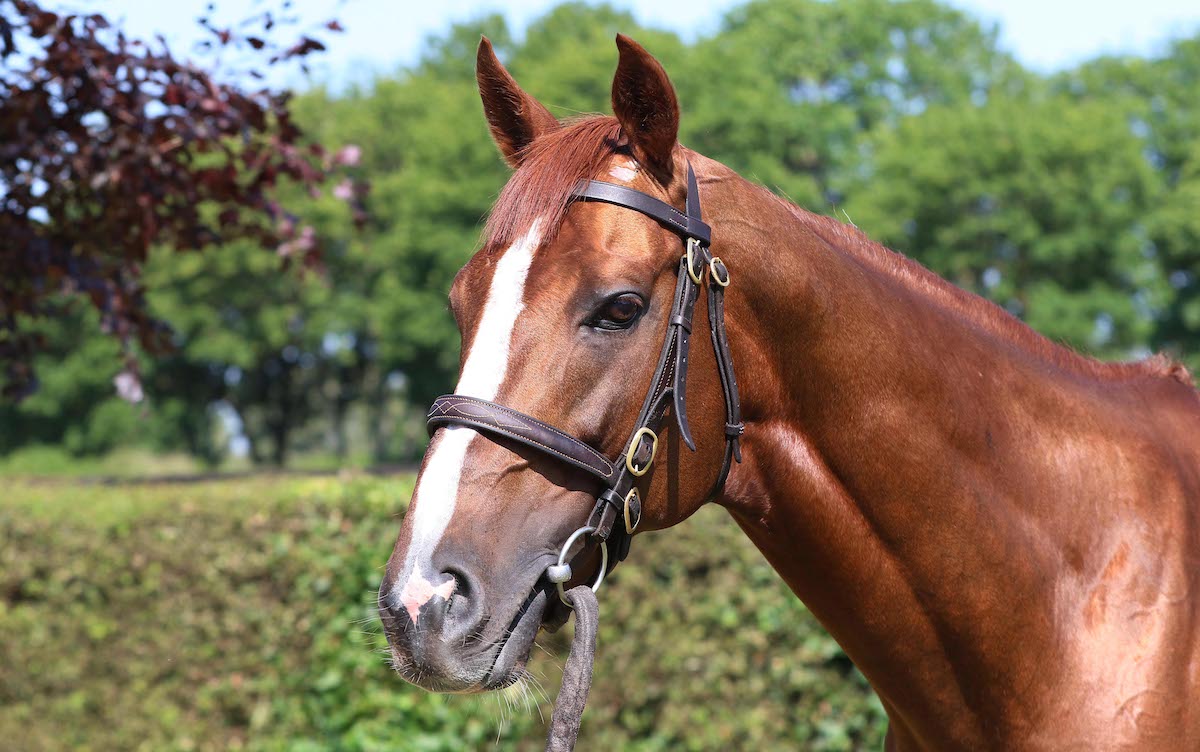 “It can be frustrating when you have trained, mentored and nurtured students who go out into the workplace and they come back broken months later,” she goes on. “We have seen some of them in tears, both boys and girls.
“It can be frustrating when you have trained, mentored and nurtured students who go out into the workplace and they come back broken months later,” she goes on. “We have seen some of them in tears, both boys and girls.
Attrition rate
“The attrition rate can be quite high, so we have to go together on this with other studs. The word ‘useless’ is thrown around quite a lot in this industry but it is banned here. We all need to face some difficult conversations – which is fine, because when we get to the other side, we will have made progress. If we don’t, we won’t get anywhere.
“I’m talking here about how staff are treated, how we need to get away from the defensive attitude that’s prevalent; how difficult people can be. But as I said, nine times out of ten they are not being disparaging; they are just carrying on in the old way.”
The breeding industry is well served when it comes to turning out students with stud management potential. Kerr herself is a graduate of the Irish National Stud’s Thoroughbred Breeding Management course, while Bradley completed the Darley Flying Start scheme. But there is a chasm between those high-end qualifications and the tutoring of individuals with next to no practical experience of stud work.
That’s where the National Stud comes into its own. Its Entry to Stud Employment courses are just that: the first is an eight-week residential training programme in basic skills, after which the stud finds each successful applicant a placement lasting between six and nine months on a reputable stud farm.
The second caters for those with little or no previous experience of handling Thoroughbreds. All three of the National Stud’s courses have been overhauled this year to commence with the academic year in September.
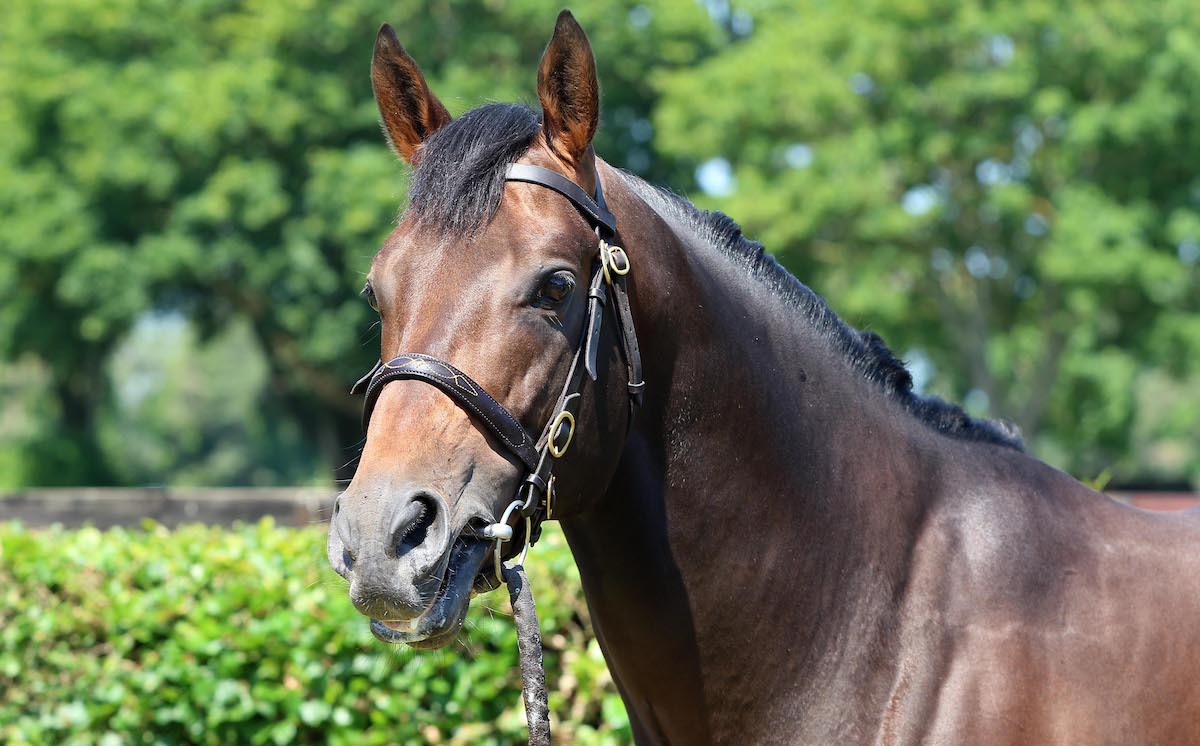
“It’s about capturing their interest before they go on to university or other seats of learning,” Kerr says. “But it’s not necessarily about the future workforce, it’s about making future fans of the game. As things stand, we cannot take in anybody under 18, so there’s a void to fill.”
Education and training
The fields of education and training are where the National Stud can make itself indispensable to the industry. For that, it needs to embrace the full panoply of the business. By standing stallions, boarding and foaling down mares, rearing young stock to consign at public auction and spelling horses in training, it can verse students in every skillset.
It also needs to wash its face financially. More than that, it needs to trade profitably in order to maintain the 520-acre property to a high standard. Keep fees are a welcome source of income but the cream can only come from a vibrant stallion tribe.
That was never an issue in its heyday, when the stud routinely attracted winners of the Derby. Mill Reef was its totem: a priceless gift to the stud from his philanthropic owner-breeder Paul Mellon. The two-time champion sire was a veritable money-spinner that enabled the stud to acquire other top-class racehorses like Grundy, Final Straw, Rousillon and Petoski.
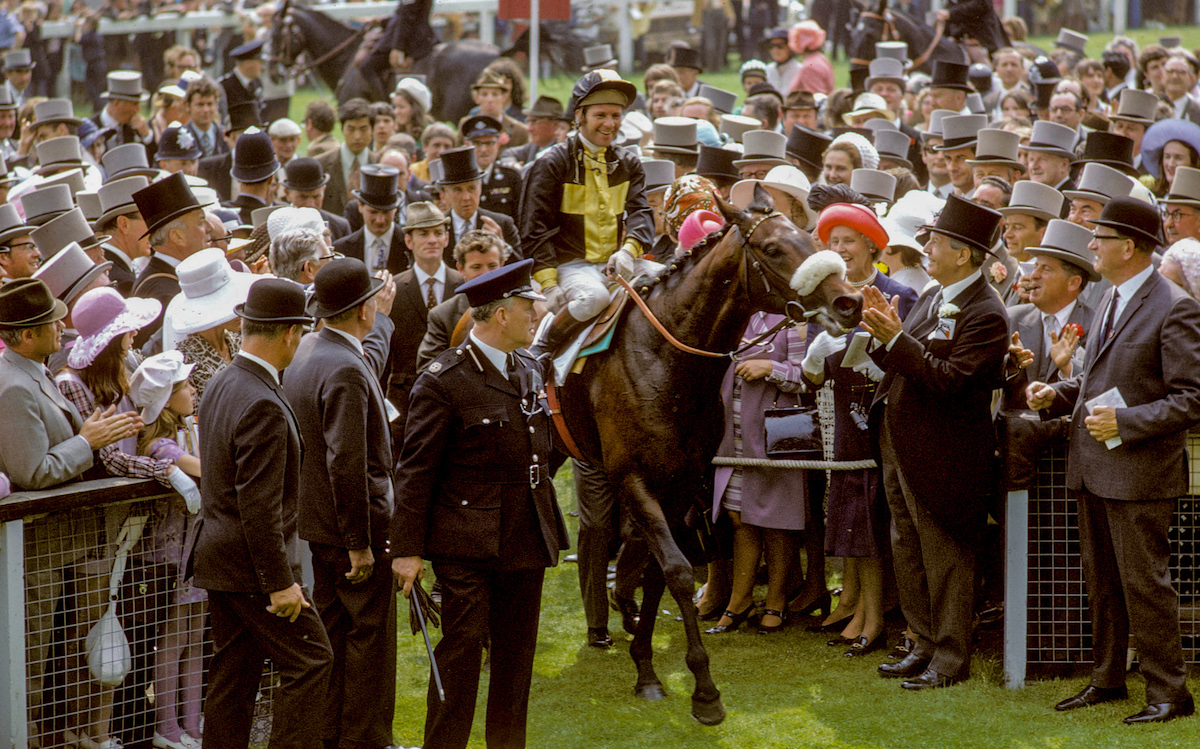 But there was a negative consequence. At that time the National Stud was in competition for attractive sire prospects with the 30 or so stallion studs in Newmarket. Its financial primacy promoted resentment, a trace of which still lingers to this day.
But there was a negative consequence. At that time the National Stud was in competition for attractive sire prospects with the 30 or so stallion studs in Newmarket. Its financial primacy promoted resentment, a trace of which still lingers to this day.
Nevertheless, the stud’s roster is now stronger than it has been for decades. In addition to Rajasinghe, who appeals to small breeders, there is Time Test, the son of Dubawi whose limited accomplishments this year are mitigated by two successive crops in the pipeline born from of above-average mares.
Of the newer recruits, Lope Y Fernandez’s first foal crop was born this year and multiple champion stayer Stradivarius awaits his debut crop next year, when Mutasaabeq, a son of Kingman’s sire Invincible Spirit and the 1,000 Guineas heroine Ghaanati, kickstarts his own innings.
Popularity and natural charisma
Stradivarius has been a boon since he arrived 12 months ago. His popularity, allied to his natural charisma, has enthralled visitors; he also got away to an encouraging start by covering 120 mares this year.
“I think we are more open than most to standing that type of horse,” says Bradley of the multiple champion stayer, “but you need to recalibrate expectations. You’d have been disappointed if you were hoping Stradivarius would cover 160 mares, but 120 was great because we set our expectations at the right level from the start.”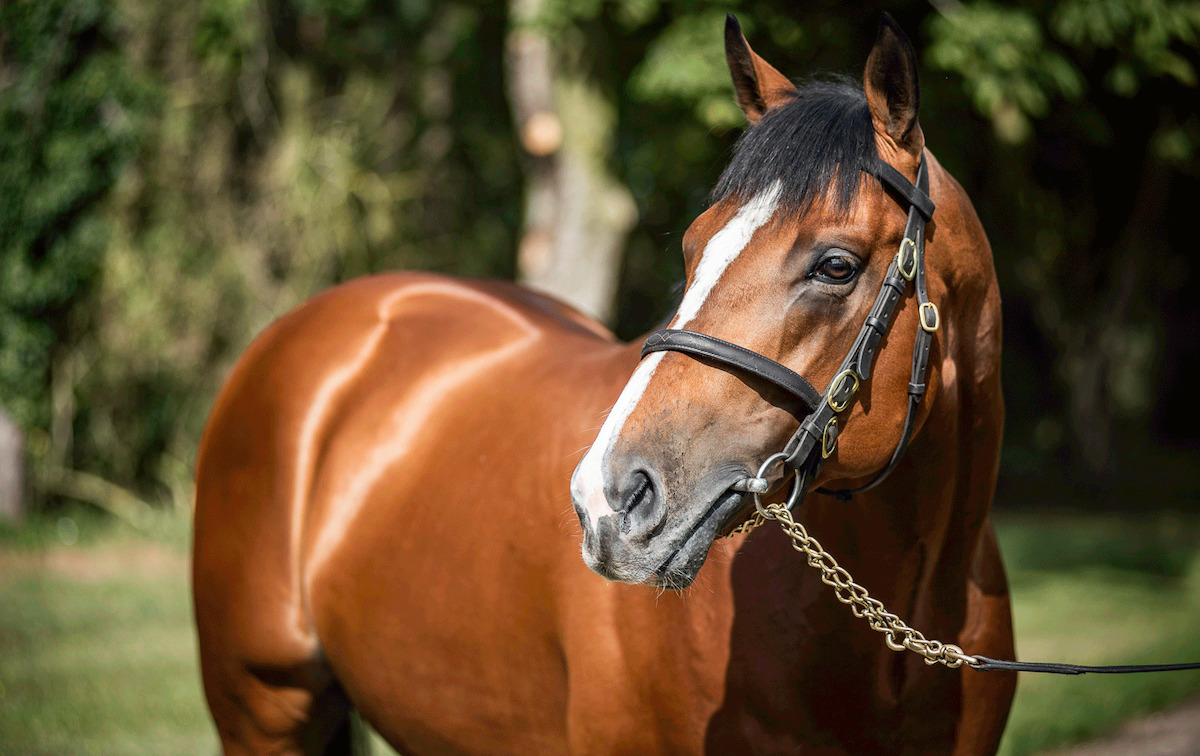
Bradley and Kerr feel strongly that the National Stud should embrace mile-and-a-half horses, the like of which continue to be sold abroad. To do so, the stud is fine-tuning a syndication model which it will apply to any potential stallion recruit from next year.
“We have seen Adayar, Hukum and Westover all sold to Japan this autumn,” Bradley says. “The Japanese will throw everything at them to try and make them a success, and one of them will be. These horses aren’t easy to stand but they have to have a part in the future of breeding anywhere – especially in Britain, which is where it all started.
“That’s where your partnerships and syndication models come in,” Bradley continues. “I think you could still find 30 people who believe in that type of horse and are prepared to take the risk over five or six years. But you’d have to be happy with 70 or 80 nice mares, which requires a different mindset. We are living on borrowed time with these horses as it is.”
The emphasis now is on pursuing quality, both in the stallion ranks and in the stud’s nascent broodmare band. National Stud Bloodstock has been established as the key lever in generating revenues to allow the stud to focus on its services and facilities.
In previous years the stud accumulated mares from clients in lieu of bad debts. Those have been sold off and replaced by hand-picked mares bought at auction. Among the six mares now belonging to the stud (one in partnership with MyRacehorse) is Cardiff, a Dubawi mare out of a full-sister to champion Minding. The aspiration is for the stud to own 10 mares and breed for the commercial market.
In this respect it is recycling a previous era which saw the National Stud breed horses that were leased to the monarch for their racing careers.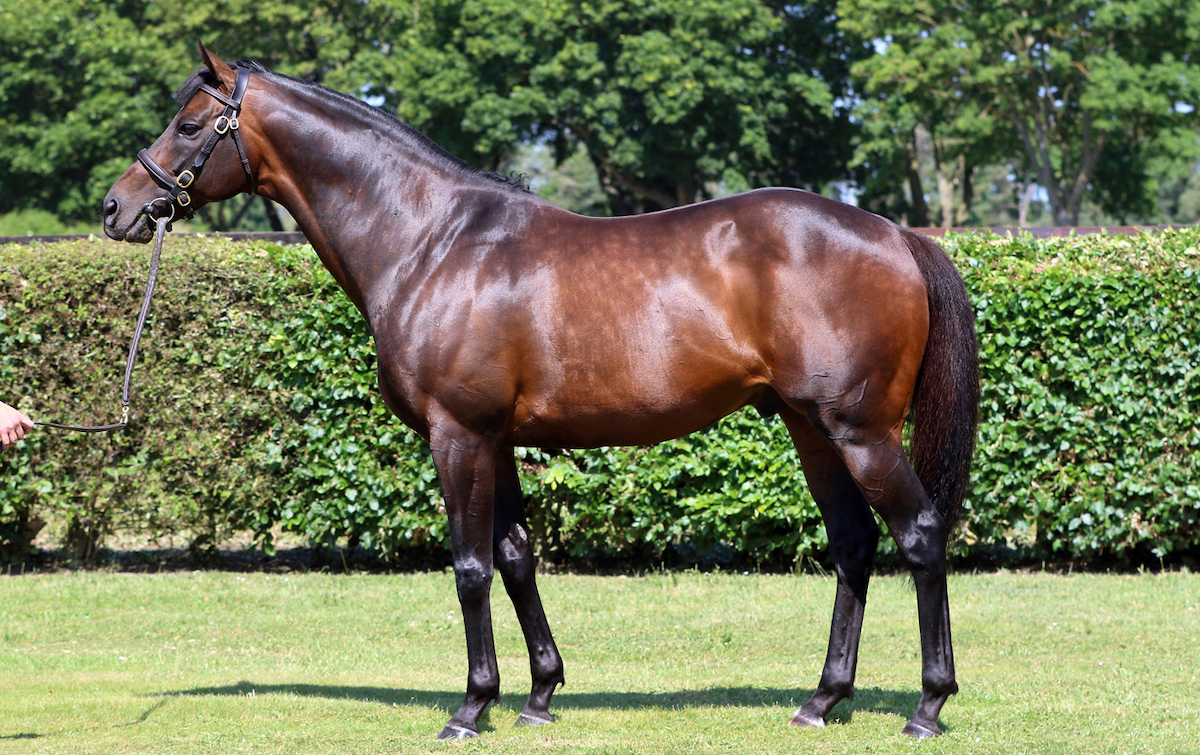
In tune with the times
It is almost certainly asking too much to expect success on the scale achieved in 1942, when George VI won four of the five classics with National Stud lessees Sun Chariot (fillies’ Triple Crown) and Big Game (2,000 Guineas). But the overriding objective is to shape a stud in tune with the times.
To succeed, it will need the rest of the industry to buy into that aspiration. Kerr says she has felt a sea-change in attitudes towards the National Stud since the management reshuffle two years ago.
“I have felt goodwill, both from Newmarket and further afield,” she says. “My impression is that breeders want it to be a success. We are not here to compete with others. We want to be collaborative. We are part of the Jockey Club; we are here to help.”
The racing industry is broadly appreciative of the Jockey Club for the way it runs its 15 racetracks under the Jockey Club Racecourses banner. If the National Stud comes to be seen by the breeding industry as a similar asset, it will have created an identity it has sought in vain for the last four decades.
With Kerr’s drive abetted by Bradley and overseen by Teddy Grimthorpe in the chair, it will not fail for the want of trying.
• Visit the National Stud website and the Jockey Club website
Bahrain International Trophy: Spirit Dancer gives Man Utd legend Ferguson a day to treasure
View the latest TRC Global Rankings for horses / jockeys / trainers / sires


